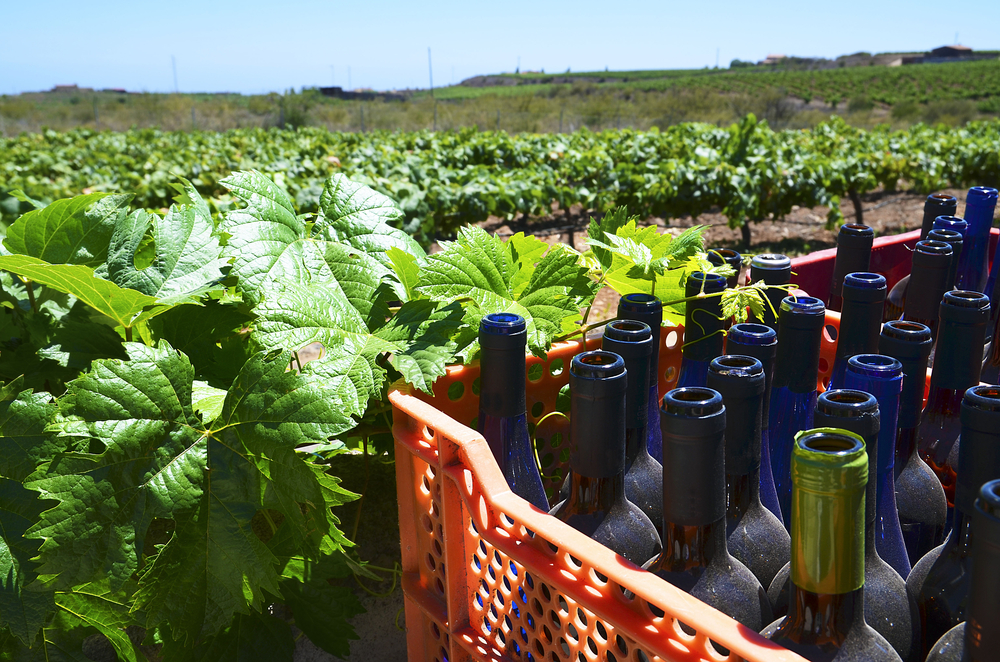Wine changes, evolves, transforms. But, above all, it changes the way it is told. This is revealed by a survey conducted by the PR agency’s study center Comunicare il Vino, coordinated by semiologist Elvio D’Ancona, which explored how the perception of wine and the language associated with it is changing, among generations increasingly distant in tastes, values and habits.
The study, carried out between fall 2023 and early 2024 on a sample of 217 people and currently undergoing further elaboration, offers an interesting insight into how the consumption and narrative of wine are going through a transitional phase. The data speak for themselves: while wine remains a staple of Italian culture, the relationship with it is becoming increasingly nuanced among young people, who tend to see it more as a symbol of identity than as a daily habit.
Generazioni a confronto: il vino tra cultura e discontinuità
The research shows a clear progression in consumption: between the ages of 56 and 65 there is a peak with an annual average of 46.63 liters, while the very young (18-25 years old) stop at 18.42 liters. More than a disinterest, a different mode of approach emerges: wine remains a cultural element, but it is experienced with a greater distance, almost delegating the task of its cultural custody to previous generations.
One of the most obvious transformations concerns language. If for mature consumers wine communication passes through a technical and descriptive vocabulary-terroir, aging, structure-the new generations demand a more immediate, emotional, narrative language. They want stories, sensations, emotional connections. And this shift opens up interesting scenarios for those working in communication and marketing in the sector: it is no longer enough to describe a wine, it must be told.
The study also shows an increasing focus on digital tools as a preferred channel of information. Young people seek tasting notes and details about the history of the producer or winery, a sign that the narrative component-when well integrated into the digital dimension-becomes a vehicle for authenticity and added value.
An opportunity to rethink the dialogue with the public because the wine world today faces a crucial challenge: to speak different languages without losing identity. Adapting communication to new generational sensibilities, without betraying the cultural depth of the product, could be the key to strengthening the link between tradition and the future. Because wine, after all, is first and foremost a tale. But every tale needs new words to keep living.
The article Toward a new language of wine comes from TheNewyorker.

